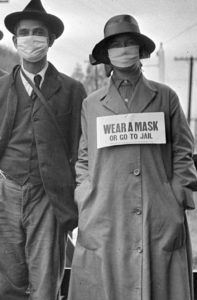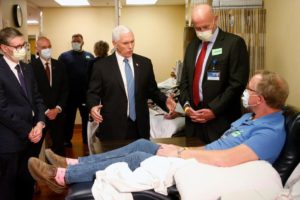In the US this week the CDC (Centers for Disease Control) issued new guidelines for wearing masks, advising even fully vaccinated individuals to wear them indoors in public settings, especially in counties with high numbers of coronavirus infections (currently the majority of US counties). This has led to some areas and cities to announce new guidance for schools and businesses. Some schools, universities, and companies have announced mandatory vaccinations, with exceptions due to medical or religious considerations.
In other areas, public opinion is moving in the opposite direction, with large numbers of people refusing to be vaccinated or to wear a mask. In fact, in some cities, masks have been publicly burned, in an act of defiance, with demonstrators objecting to what they see as government overreach and a loss of personal freedom. Governor DeSantis of Florida has been vocal in his opposition, announcing that he has no intention of issuing a mask mandate, refusing to “muzzle” his own son and other Florida children.
Others object to changing positions on virus prevention measures from the CDC. In fact, media and medical critics have not been kind in their comments on the CDC policy shifts. However, the changes in guidance are not capricious, but rather a result of changing conditions. The delta variant, much more easily transmittable, has dramatically changed the nature of the “war” against the virus, according to the CDC. Hence the changes in guidance. Wouldn’t we want public health measures to be in tune with public health dangers? On the other hand, politicians like DeSantis or Governor Abbott of Texas have little interest in science and don’t accept expert guidance. For them, political positioning seems to be paramount.
The burning of masks meant as a symbolic gesture of individual freedom of choice is actually a symbol of willful ignorance and denial of science. And also of a lack of care for one’s fellow human beings; not wearing a mask not only puts the individual in danger, but fellow citizens as well. Mask wearing has long been common in Asian countries, where it has been seen not only as a protective measure for the individual but as a sign of solidarity with others.










